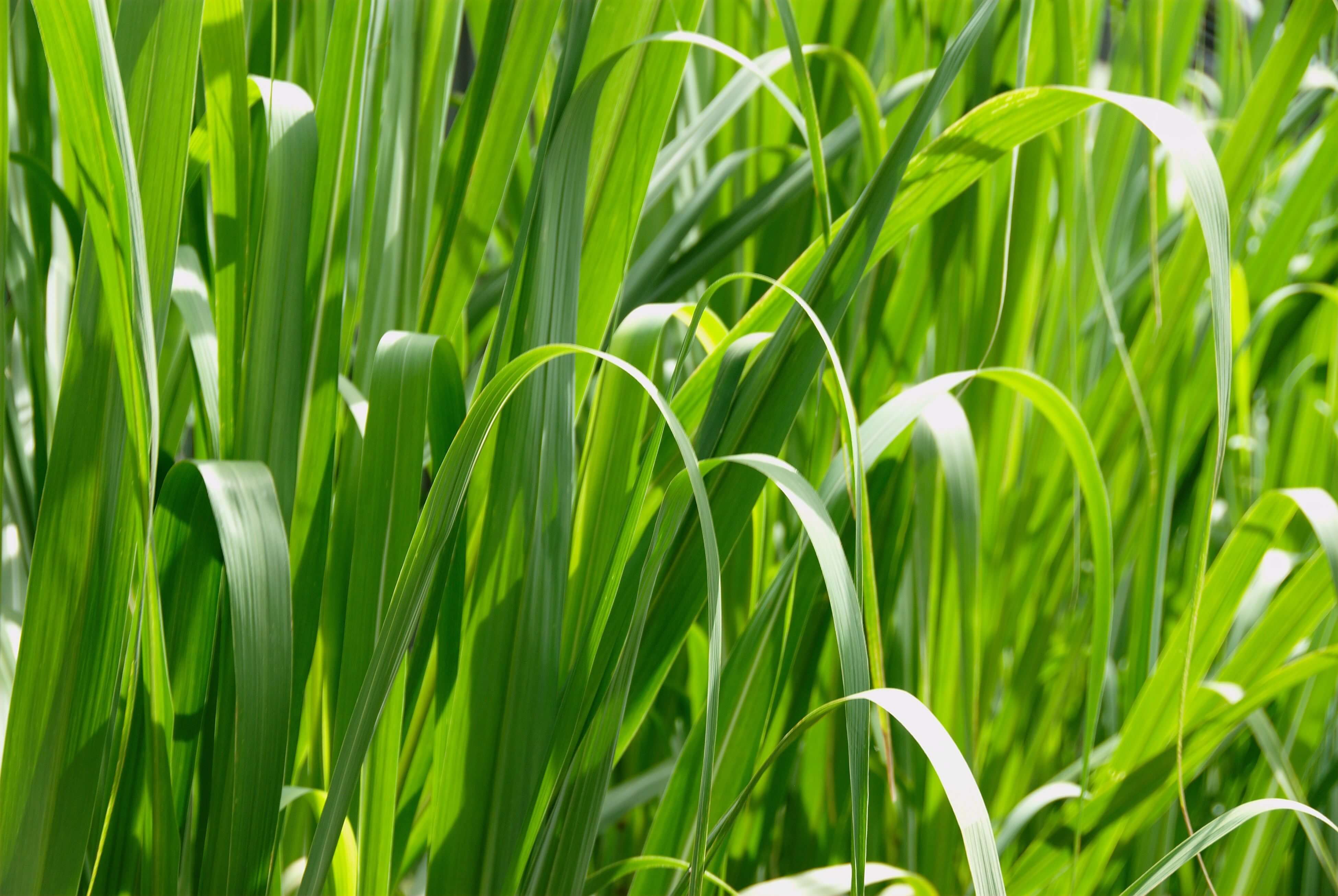
Palmarosa (Cymbopogon martini var. motia)
Introduction
Palmarosa, a perennial aromatic grass belonging to the family Gramineae, is cultivated mainly for its essential oil, which is a rich source of Geraniol. The oil has high demand in the perfumery, cosmetics, and pharmaceutical industries due to its rose-like aroma.
Uses
- Essential oil from palmarosa is used for the extraction of Geraniol.
- It is used in incensing soaps, perfumes, toiletries, and flavoring tobacco.
- Due to its rose-like fragrance, it is used extensively in perfumes.
- Acts as an adulterant in Turkish attar of roses.
Soil Requirements
- Fertile sandy loam soils rich in humus with good water-holding capacity and proper drainage are ideal.
- Soil pH range: 6.0-8.0.
- Sensitive to water stagnation, making well-drained soils essential.
Climate Requirements
- A hardy and drought-resistant tropical plant.
- Grows well in warm and humid climates with 100-150 cm of annual rainfall.
- Susceptible to frost and low temperatures.
- Requires ample sunlight for optimal growth.
- Does not perform well under shade conditions.
Improved Varieties
- IW 31244, IW 3244, IW 3629
- RRL(B)-77, RRL(B)-71
- Trishna, Jam Rosa (RRL-82), Vaishnavi, CIM Harsha
Propagation Methods
Palmarosa is propagated by seeds and rooted slips.
a) Propagation by Seeds:
- Seeds are first raised in nursery beds that are well-prepared and manured.
- Seed rate: 2.5 kg/ha.
- Seeds are sown in 15-20 cm spaced lines in May-June.
- Daily irrigation is required.
- Germination occurs within 2 weeks, and seedlings are ready for transplanting in 30-40 days at a height of 15-20 cm.
b) Propagation by Slips:
- Slips are collected from elite clumps.
- They are separated and planted during April-May.
- Slips are ready for transplanting after 3 months (June-July or August-September).
- Clonal propagation ensures higher oil yield and better establishment.
Planting Time: Onset of monsoon or mid-rainy season (June – July).
Spacing Palmarosa is transplanted on ridges and furrows at different spacing options:
- 60 x 45 cm
- 60 x 30 cm
- 45 x 45 cm
Weeding and Earthing Up
- Weeding is necessary for the first 2-3 months until plants are well established.
- Earthing up should be done for up to 4 months after planting.
Nutrient Management
- Farmyard Manure (FYM): 10 t/ha
- Recommended Fertilizer Dose: 20:50:40 kg NPK/ha per year.
- Basal Dose: Entire P and K applied before planting.
- Nitrogen Application: 40 kg/ha in four split doses.
Irrigation Management
- Requires frequent irrigation for healthy growth.
- Irrigation intervals:
- 15 days in winter
- 10 days in summer
Harvesting
- First harvest is done 6 months after planting.
- Leaf blades contain more oil than sheaths, so harvesting is done 15-20 cm above ground level.
- Subsequent harvests are taken at 3-4 month intervals.
- Yield increases up to the 4th year, and the economical life of the crop is 8-10 years.
Yield
Oil Yield:
- First Year: 20 kg/ha
- Second Year: 60 kg/ha
Oil Constituents
- Geraniol: 90-95%

